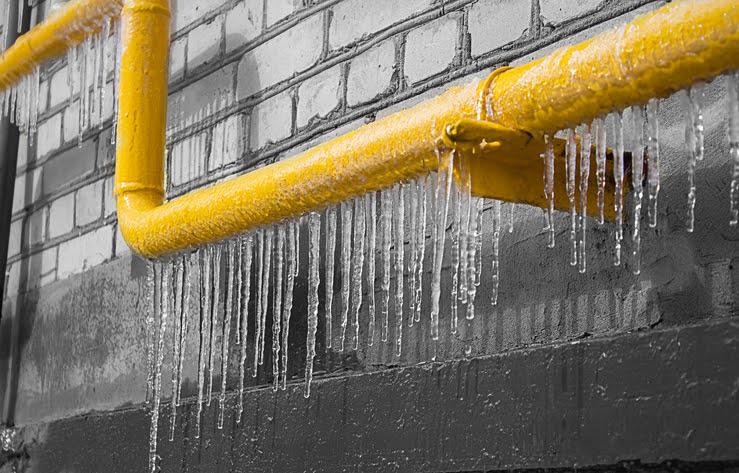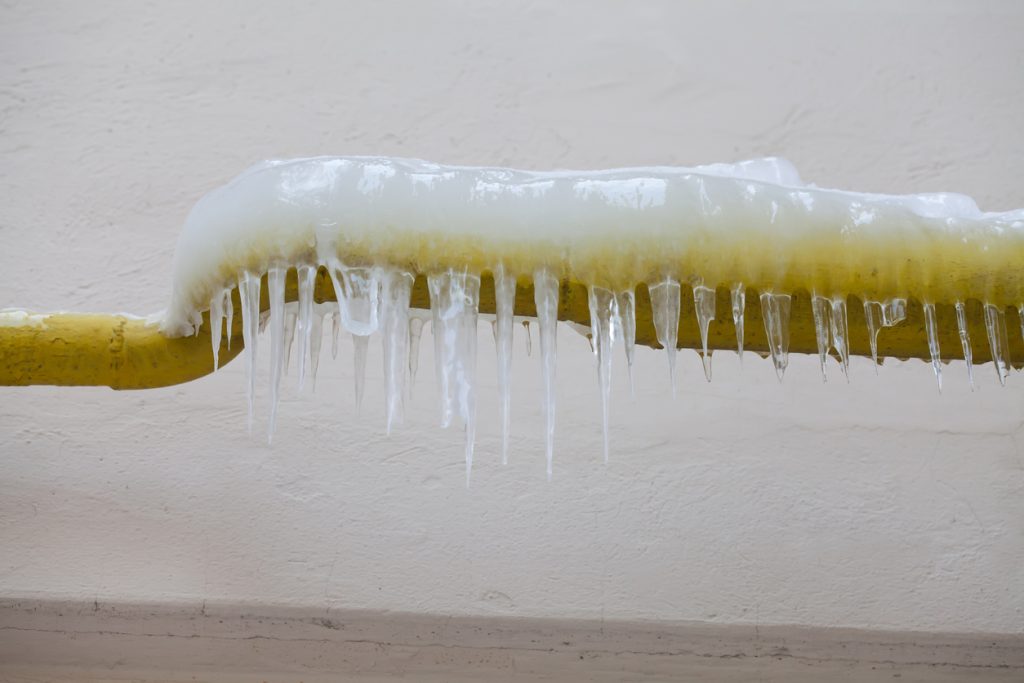Protecting Against Frozen Pipes in Cold Weather: Essential Strategies
Protecting Against Frozen Pipes in Cold Weather: Essential Strategies
Blog Article
What're your concepts about Helpful Tips to Prevent Frozen Pipes this Winter?

Cold weather can damage your pipes, especially by freezing pipes. Here's how to prevent it from occurring and what to do if it does.
Introduction
As temperatures drop, the danger of frozen pipes rises, potentially bring about expensive repair work and water damages. Understanding just how to prevent frozen pipelines is crucial for property owners in cold climates.
Avoidance Tips
Protecting prone pipes
Wrap pipes in insulation sleeves or utilize warm tape to shield them from freezing temperature levels. Concentrate on pipelines in unheated or outside areas of the home.
Home heating methods
Maintain indoor rooms effectively warmed, particularly locations with pipes. Open up closet doors to permit cozy air to circulate around pipes under sinks.
Just how to recognize icy pipes
Try to find reduced water flow from taps, unusual odors or sounds from pipelines, and noticeable frost on subjected pipes.
Long-Term Solutions
Architectural changes
Consider rerouting pipelines far from exterior walls or unheated areas. Include extra insulation to attic rooms, cellars, and crawl spaces.
Updating insulation
Purchase top notch insulation for pipelines, attics, and wall surfaces. Appropriate insulation aids keep consistent temperature levels and reduces the risk of frozen pipelines.
Safeguarding Exterior Pipes
Yard hose pipes and exterior taps
Separate and drain garden pipes prior to wintertime. Set up frost-proof faucets or cover exterior faucets with protected caps.
Recognizing Icy Pipes
What creates pipes to ice up?
Pipes ice up when exposed to temperatures listed below 32 ° F (0 ° C) for expanded durations. As water inside the pipelines ices up, it increases, putting pressure on the pipe wall surfaces and possibly causing them to rupture.
Dangers and problems
Frozen pipes can cause water interruptions, building damage, and costly repairs. Ruptured pipes can flood homes and cause comprehensive architectural damage.
Signs of Frozen Water Lines
Identifying icy pipes early can avoid them from bursting.
What to Do If Your Pipes Freeze
Immediate actions to take
If you suspect icy pipelines, maintain faucets open to relieve pressure as the ice melts. Make use of a hairdryer or towels taken in warm water to thaw pipes slowly.
Final thought
Avoiding icy pipelines requires positive procedures and fast responses. By understanding the reasons, signs, and safety nets, homeowners can safeguard their pipes during cold weather.
5 Ways to Prevent Frozen Pipes
Drain Outdoor Faucets and Disconnect Hoses
First, close the shut-off valve that controls the flow of water in the pipe to your outdoor faucet. Then, head outside to disconnect and drain your hose and open the outdoor faucet to allow the water to completely drain out of the line. Turn off the faucet when done. Finally, head back to the shut-off valve and drain the remaining water inside the pipe into a bucket or container. Additionally, if you have a home irrigation system, you should consider hiring an expert to clear the system of water each year.
Insulate Pipes
One of the best and most cost-effective methods for preventing frozen water pipes is to wrap your pipes with insulation. This is especially important for areas in your home that aren’t exposed to heat, such as an attic. We suggest using foam sleeves, which can typically be found at your local hardware store.
Keep Heat Running at 65
Your pipes are located inside your walls, and the temperature there is much colder than the rest of the house. To prevent your pipes from freezing, The Insurance Information Institute suggests that you keep your home heated to at least 65 degrees, even when traveling. You may want to invest in smart devices that can keep an eye on the temperature in your home while you’re away.
Leave Water Dripping
Moving water — even a small trickle — can prevent ice from forming inside your pipes. When freezing temps are imminent, start a drip of water from all faucets that serve exposed pipes. Leaving a few faucets running will also help relieve pressure inside the pipes and help prevent a rupture if the water inside freezes.
Open Cupboard Doors
Warm your kitchen and bathroom pipes by opening cupboards and vanities. You should also leave your interior doors ajar to help warm air circulate evenly throughout your home.

I'm certainly very interested in 6 Ways to Prevent Frozen Pipes and I am praying you enjoyed my post. Liked our blog posting? Please share it. Help other people discover it. Thanks a lot for your time. Don't forget to come by our site back soon.
Set Up An Appointment Report this page